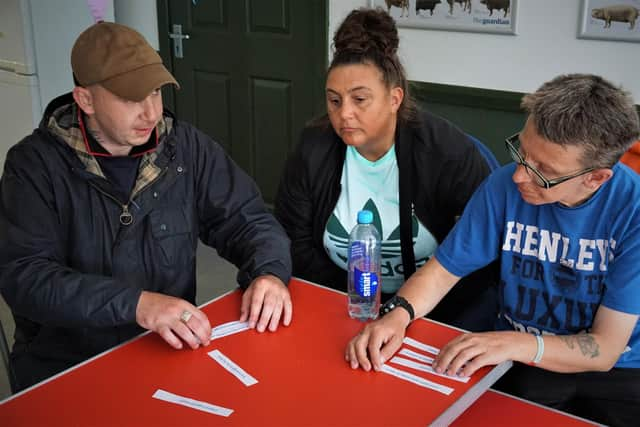Creativity is the key to understanding - Tejesh Mistry


The end of the 20th century saw the emergence of user involvement and an emphasis on the importance of involving members of the public and service users in the development of public services. Putting into action ways we can support people to make decisions that impact them directly, rather than presupposing what they need. Step forward 20 years and we are seeing further recognition of user involvement across the charity and public sector focussing on co-design, lived experience, and representation through decision making and governance.
I’ve found that an appreciation for User Experience - normally associated with the development of websites and IT systems - can be hugely insightful in designing new services especially when understood as the ‘emotions, beliefs, preferences, perceptions, physical and psychological responses, behaviours and accomplishments that occur before, during, and after use’.
Advertisement
Hide AdAdvertisement
Hide AdAt Venture Trust, we have an exceptionally experienced and specialist team delivering personal development support to our participants, many of whom have suffered extreme adversity, trauma, and poverty. We know from a combination of experience, research and participant feedback that the outdoors brings valuable therapeutic benefits for our participants mental wellbeing. Despite this, we cannot be complacent and must strive and adapt along with changes in the external environment to deliver worthwhile services for people.


Utilising user involvement methods to help us build back better as we transition to a recovery from the Covid-19 pandemic is an obvious opportunity. Trust underpins all our work, and we can only have an impact if we nurture relationships between our participants, their communities, and our staff.
People we work with may not be used to having a voice that is valued, or indeed, they may have shared their experiences previously and not been heard. Their experiences of trauma, care, problem substance use, homelessness, unemployment, and poverty can leave them disenchanted and this must be a consideration in how you approach user involvement.
Our world of work, deluged with meetings, zoom calls, emails and workshops might be as alien to them as user involvement. Our role is to look beyond the typical communication and evaluation techniques that might normally be deployed; surveys, focus groups and interviews. To engage, we need to get creative.
I’ve seen the power of creativity, fun and physical activity in finding effective ways to understand the people we want to support. Through fond memories of developing cycling projects with young people, addressing social isolation with older people and most recently, development of a new Outdoor Therapy pilot with Venture Trust, I’ve seen the benefits of ‘test and learn’ approaches. Providing experiences for people to try is an effective way for them to find out in real life if something works for them. It enables you to capture valuable feedback through human reaction and reflection that acts as a starting point for a co-design process.
User involvement is a journey, it takes time to build trust and relationships and to facilitate experiences to draw from as you start to test. This comes at a cost and though many organisations recognise the benefits, they are inhibited by limited resources. Notably, The National Lottery Community Fund do provide funding for this work as part of their grants, but few other funders do, and further investment is required to truly cement user involvement as a necessity and not a choice.
We must invest our time and energy to understand participant needs, preferences, and interests. More than that, we should test to ensure they are user-friendly, easy to access, interesting, enjoyable, and even fun. Recognising this will support people to gain the life skills, stability, and confidence they deserve to progress with a positive future.
Find out more: www.venturetrust.org.uk
Tejesh Mistry is Venture Trust’s Director of External Affairs.
Comments
Want to join the conversation? Please or to comment on this article.